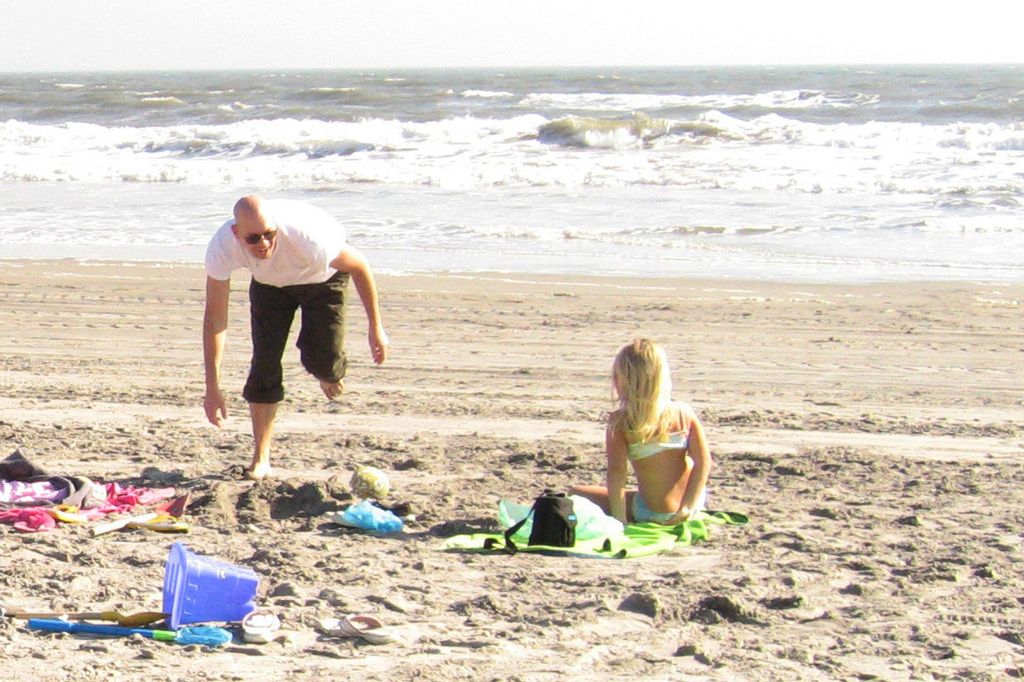Differences in Learning Methods: Classical vs. Operant Conditioning
Train a pooch to sit or react to thunder- these actions may seem unrelated, but they both represent the workings of two fundamental psychological learning processes: classical conditioning and operant conditioning. These concepts, developed by legends like Pavlov and Skinner, help us understand how we learn from the world around us, from forming habits to developing emotions.
In this post, we'll dig into six key differences between these two pillars of psychology and explore how they shape our lives, in everything from childhood to adulthood.
Table of Contents
- Understanding the Split: Classical vs. Operant Conditioning
- The Lowdown on Classical Conditioning
- Basics of Classical Conditioning
- The Brain, Classical Conditioning, and You
- Get Acquainted with Operant Conditioning
- The ABCs of Operant Conditioning
- Skinner's Box: Origins of Operant Conditioning
- Classic vs. Operant: Six Key Differences
- Nature of Behavior: Involuntary vs. Voluntary
- Stimulus Role: Preceding vs. Following Behavior
- Pioneers: Pavlov vs. Skinner
- Learning Mechanism: Association vs. Reinforcement
- Response Type: Emotional vs. Behavioral
- Extinction Process: Passive vs. Active
- Examples in Action: Real-Life Scenarios to Illustrate Differences
- The Classical Conditioning Scene
- The Operant Conditioning Show
- Neuroscience Insights: What It Teaches About These Learning Processes
- Impact Across Society: Conditioning's Footprint
- Myth-Busting: Debunking Misconceptions About Conditioning
- Power to Adapt: Understanding at Your Fingertips
- Cultivating Emotional Awareness and Resilience
- Designing Learning Environments
- Improving Parenting, Teaching, and Leadership Techniques
Understanding the Split: Classical vs. Operant Conditioning
Behaviorism-learning as the main subject of study and the cause of its theories-encompasses the study of two primary forms of associative learning: classical conditioning and operant conditioning, two learning modalities that are often conflated.
The most essential of the two is the former, known as implicit associative learning, in which a neutral stimulus is paired with a meaningful stimulus, leading to a conditioned response. Operant conditioning, first described by E. Thorndike early in the 20th century and further developed by behaviorist par excellence B.F. Skinner, involves an organism learning to associate a response with a meaningful stimulus that is significant to it.
The Lowdown on Classical Conditioning
The roots of classical conditioning stretch back to the beginning of the 20th century, Tsarist Russia. A Russian physiologist named Ivan Pavlov, steeped in the objectivist-reflexological tradition, was investigating the function and composition of salivation in animals. Doing experiments with dogs, he discovered that they began to salivate before even seeing the food. Perplexed, he noticed that the dogs reacted this way to his steps, associating Pavlov's noises with food, enabling them to salivate without even seeing the food[1][2][3]. And thus was born Pavlov's discovery of classical conditioning, a learning process often called associative learning. Pavlov's work merited the Nobel Prize in Medicine in 1904[1].
Key elements of classical conditioning:
- Unconditioned stimulus (US) – naturally triggers a response (e.g., food)[4][2][5].
- Unconditioned response (UR) – the natural reaction to US (e.g., salivation)[4][2][5].
- Conditioned stimulus (CS) – previously neutral, now elicits the same response as US (e.g., sound of Pavlov's footsteps)[4][2][5].
- Conditioned response (CR) – the learned response to CS (e.g., salivation to sound)[4][2][5].
Get Acquainted with Operant Conditioning
Classical conditioning, meanwhile, is rather basic and primitive, with its major limitation being that the response emitted was already present prior to being conditioned to a specific stimulus. Operant conditioning, on the other hand, involves an organism learning to associate a response to a meaningful stimulus important to it. A consequence can either be positive (reward) or negative (punishment) for the organism that carries out the response[5].
Key elements of operant conditioning:
- Reinforcement – strengthens or increases the likelihood of a behavior[5].
- Punishment – weakens or decreases the likelihood of a behavior[5].
Skinner's Box: Origins of Operant Conditioning
A crucial figure in the development of operant conditioning is B.F. Skinner, responsible for the creation of the “Skinner Box,” an apparatus used to study reinforcement and punishment[5]. In the box, rats were free to roam at will. As they navigated the environment, a lever or bar that permitted the rat to obtain food was introduced[6]. It took the rodents no time at all to start pushing the lever repeatedly, learning that doing so would result in food[6]. This is how Skinner discovered the principle of operant conditioning, which focused on the response an organism produces to a meaningful stimulus[6].
Classical vs. Operant: Six Key Differences
Now that we have a better understanding of what classical conditioning and operant conditioning entail, let's dive into their main differences:
1. Nature of Behavior: Involuntary vs. Voluntary
Perhaps the most fundamental contrast lies in the type of behavior being conditioned. Classical conditioning involves involuntary, automatic reactions such as salivating when you smell food or feeling anxious when hearing a dentist's drill. Operant conditioning, by contrast, addresses voluntary behaviors – actions you consciously choose, like studying for an exam or turning off your phone.
2. Stimulus Role: Preceding vs. Following Behavior
Another significant difference is in the timing of how stimuli are utilized. In classical conditioning, the stimulus always comes first, while in operant conditioning, the stimulus comes after the behavior[7][8].
3. Pioneers: Pavlov vs. Skinner
These learning theories were the brainchildren of two influential figures in psychology: Ivan Pavlov and B.F. Skinner.
4. Learning Mechanism: Association vs. Reinforcement
New connections are forged in the brain, either based on association (classical conditioning) or reinforcement (operant conditioning).
5. Response Type: Emotional vs. Behavioral
Classical conditioning tends to elicit emotional or physiological responses, such as fear or salivation, while operant conditioning aims to shape behavior.
6. Extinction Process: Passive vs. Active
Extinction occurs in two ways: either the conditioned stimulus is repeatedly presented without the unconditioned stimulus (classical conditioning) or a behavior is no longer reinforced (operant conditioning)[7][8].
Myth-Busting: Debunking Misconceptions About Conditioning
- Myth: "Operant conditioning is manipulative."Reality: While it can be misused, operant conditioning is simply a tool, and like any tool, its ethics depend on the person wielding it.
- Myth: "Only animals are conditioned."Reality: Humans are constantly conditioned by their experiences, relationships, and environment.
- Myth: "You only need one type of conditioning."Reality: Both classical and operant conditioning work together to shape the full spectrum of human behavior.
Power to Adapt: Understanding at Your Fingertips
Understanding these psychological principles gives you the power to:
- Cultivate emotional awareness and resilience.
- Design better learning environments.
- Promote healthy habits and break negative ones.
- Improve parenting, teaching, and leadership techniques.
- Understanding the relationship between neuroscience, psychology, and emotions in the context of learning can help us uncover how associations are formed in classical conditioning and how reinforcement mechanisms influence behaviors in operant conditioning, both of which are key elements in education and self-development.
- Exploring the differences between classical conditioning and operant conditioning, such as their nature of behavior, stimulus role, pioneers, learning mechanism, response type, and extinction process, allows us to better understand how these two fundamental psychological learning processes shape our emotional, physiological, and behavioral responses, and how we can apply these insights in cultivating emotional awareness, designing effective learning environments, and improving parenting and leadership techniques.







